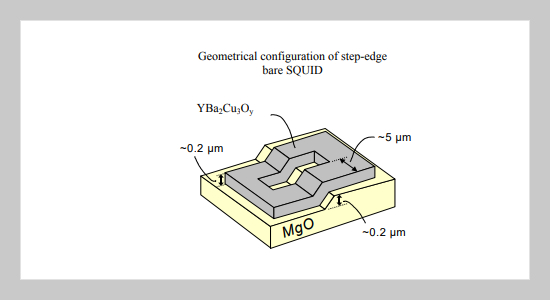Hong-Chang Yang This email address is being protected from spambots. You need JavaScript enabled to view it.1,3, Jau-Han Chen1 , Shu-Yun Wang1 , Chin-Hao Chen1 , Jen-Tzong Jeng1 , Ji-Cheng Chen1 , Chiu-Hsien Wu1 , Shu-Hsien Liao2 and Herng-Er Horng2,3 1Department of Physics National Taiwan University Taipei, Taiwan 106, R.O.C.
2Department of Physics National Taiwan Normal University Taipei, Taiwan 117, R.O.C.
3Institute of Opto-Elecronics National Taiwan Normal University Taipei, Taiwan 117, R.O.C.
Received:
December 20, 2002
Accepted:
January 20, 2003
Publication Date:
March 1, 2003
Download Citation:
||https://doi.org/10.6180/jase.2003.6.1.02
SQUIDs are the most sensitive devices in detecting the magnetic flux. The devices have been used to detect small magnetic field, current, voltage, inductance and magnetic susceptibility etc. In this work, we reported studies and applications of high-Tc YBa2Cu3Oy SQUIDs. Two main techniques of depositing YBCO thin films are described; the characteristic of thin film and high-Tc SQUID are addressed. In magnetocardiography (MCG) application, we set up an electronic SQUID gradiometer system to optimize the environmental noises. The MCG measurements are performed in magnetically unshielded environments. In the SQUID NDE with the SQUID magnetometer and gradiometer were used to detect the buried flaws. The phase-depth relation of the buried flaw shows linear dependence. It was found that the phase-depth relation is useful to evaluate the depth of the buried flaws. In the scanning SQUID microscopy, the SQUID probe is used to detect the circuits using the lock-in detection technique. We successfully demonstrate that we can image the electrical circuits with the SQUID probe with samples at room temperature.ABSTRACT
Keywords:
SQUID, Electronic SQUID Gradiometer, Magnetocardiography, Nondestructive Evaluation, SQUID Microscopy.
REFERENCES
















